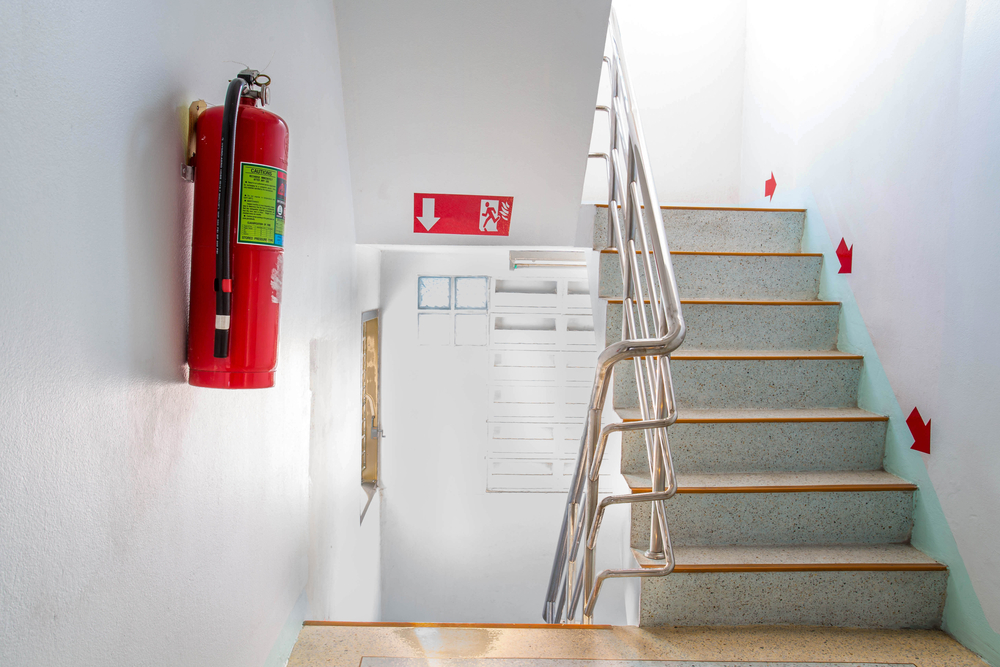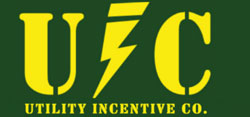The Importance of Proper Lighting Controls in Stairwells for Safety and Energy Efficiency

Stairwells are crucial components of any building, providing essential access between floors. However, their safety and efficiency are often overlooked. Proper lighting controls in stairwells are essential for ensuring safety and enhancing energy efficiency. This blog explores why proper lighting controls are critical and how they contribute to overall building safety and sustainability.
Stairwell Lighting Controls
What Are Stairwell Lighting Controls?
Stairwell lighting controls refer to the systems and mechanisms used to manage the lighting within stairwells. These controls can include motion sensors, timers, dimmers, and manual switches. The goal is to provide adequate illumination when needed while minimizing energy consumption when lighting is not required.
Types of Lighting Controls
- Motion Sensors: Automatically turn on lights when movement is detected and turn them off after a period of inactivity.
- Timers: Set specific times for lights to turn on and off, ensuring illumination during peak hours.
- Dimmers: Allow for adjustable light levels based on the time of day or the presence of occupants.
- Manual Switches: Provide users with control over the lighting, typically used in conjunction with automatic systems for flexibility.
Enhancing Stairwell Safety with Proper Lighting
Reducing Accidents and Injuries
Proper lighting in stairwells is vital for reducing accidents and injuries. Poorly lit stairwells can lead to trips, slips, and falls, especially in emergency situations when people need to navigate stairs quickly. Adequate lighting ensures that stair treads, handrails, and other safety features are visible, helping prevent accidents.
Emergency Situations
In case of power outages or emergencies, having reliable lighting controls is crucial. Emergency lighting systems, often integrated with stairwell lighting controls, provide illumination during power failures, ensuring safe evacuation routes. This can be achieved through battery backups or emergency power supplies connected to the lighting system.
Compliance with Building Codes
Building codes and regulations often require specific lighting standards for stairwells. Proper lighting controls help ensure compliance with these codes, reducing the risk of legal issues and ensuring that safety standards are met. Regular maintenance and inspections of lighting systems are also essential to remain compliant.
Improving Energy Efficiency
Reducing Energy Consumption
Energy efficiency is a significant concern for modern buildings. Stairwell lighting controls can help reduce energy consumption by ensuring lights are only on when necessary. Motion sensors and timers prevent lights from being on during times when the stairwells are not in use, thus saving energy and lowering utility bills.
Extending the Lifespan of Lighting Fixtures
Proper lighting controls not only save energy but also extend the lifespan of lighting fixtures. By reducing the amount of time lights are on and avoiding constant switching, lighting controls help minimize wear and tear on bulbs and fixtures, leading to lower maintenance costs and fewer replacements.
Integrating with Building Management Systems
Many modern buildings use advanced building management systems (BMS) to monitor and control various aspects of building operations. Integrating stairwell lighting controls with a BMS allows for centralized management and optimization of energy use. This integration can provide real-time data on lighting usage, enabling further optimization and cost savings.
Benefits Beyond Safety and Efficiency
Enhancing User Comfort
Proper lighting controls can significantly enhance user comfort. For instance, dimmable lights allow for adjustable illumination levels, creating a more pleasant environment in stairwells. This is particularly useful in buildings with high traffic volumes, such as office buildings or residential complexes, where different levels of lighting may be preferred at different times.
Aesthetic and Design Considerations
Stairwells are not just functional spaces but also contribute to the overall aesthetics of a building. Well-designed lighting can highlight architectural features and create an inviting atmosphere. Proper lighting controls enable customization of lighting to suit different design needs and enhance the visual appeal of stairwells.
Environmental Impact
Reducing energy consumption through effective lighting controls contributes to a building’s sustainability goals. Lower energy use means a reduction in greenhouse gas emissions and a smaller carbon footprint. By implementing energy-efficient lighting solutions, buildings can contribute positively to environmental conservation efforts.
Best Practices for Implementing Lighting Controls
Conduct a Lighting Assessment
Before implementing lighting controls, conduct a thorough assessment of the stairwell’s lighting needs. Consider factors such as the size of the stairwell, the level of foot traffic, and specific safety requirements. This assessment will help determine the most appropriate lighting controls and configurations.
Choose the Right Technology
Select lighting controls that best fit the needs of the stairwell and the building’s overall energy strategy. For instance, motion sensors may be ideal for stairwells with variable foot traffic, while timers might be more suitable for buildings with predictable usage patterns.
Regular Maintenance and Testing
Ensure that lighting controls are regularly maintained and tested to keep them functioning correctly. Regular inspections can help identify and address any issues before they impact safety or energy efficiency. Maintenance should include checking batteries in emergency lighting systems and ensuring that sensors and timers are operating as expected.
Educate Building Occupants
Educate building occupants about the importance of proper lighting and how to use lighting controls effectively. Awareness and cooperation from occupants can enhance the overall effectiveness of lighting controls and contribute to a safer and more energy-efficient environment.
Conclusion
Proper lighting controls in stairwells play a vital role in ensuring safety and enhancing energy efficiency. By implementing effective lighting controls, buildings can reduce accidents, lower energy consumption, and improve overall user comfort. It is essential to conduct a thorough assessment, choose the right technology, and maintain lighting systems to achieve the best results. Investing in stairwell lighting controls not only benefits safety and efficiency but also contributes to a building’s aesthetic appeal and environmental sustainability.
Need a Lighting Company in California?
Since 2003, we here at Utility Incentive Corp. have been the premier provider of energy efficient electrical services in San Diego and the surrounding areas. We are a privately owned and operated business with 20 years of experience. Our friendly and professional staff work in conjunction with other businesses to provide them with better solutions at little to no cost to property owners.
We focus primarily on relamping and retrofitting T12 lamps and ballasts to “Energy Star” T-8 lamps and “flicker free” ballasts. Our other services include a free initial consultation, energy audit, and utility application. Give us a call today to see why we have installed and replaced over 175,000 fixtures across California!
